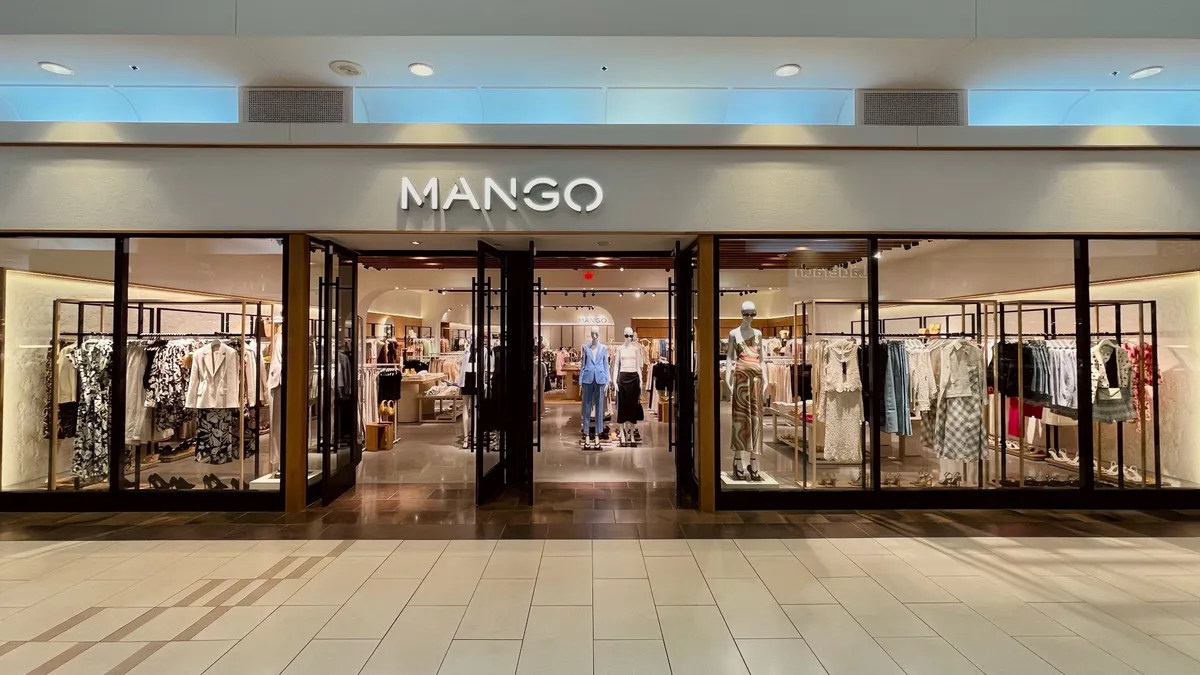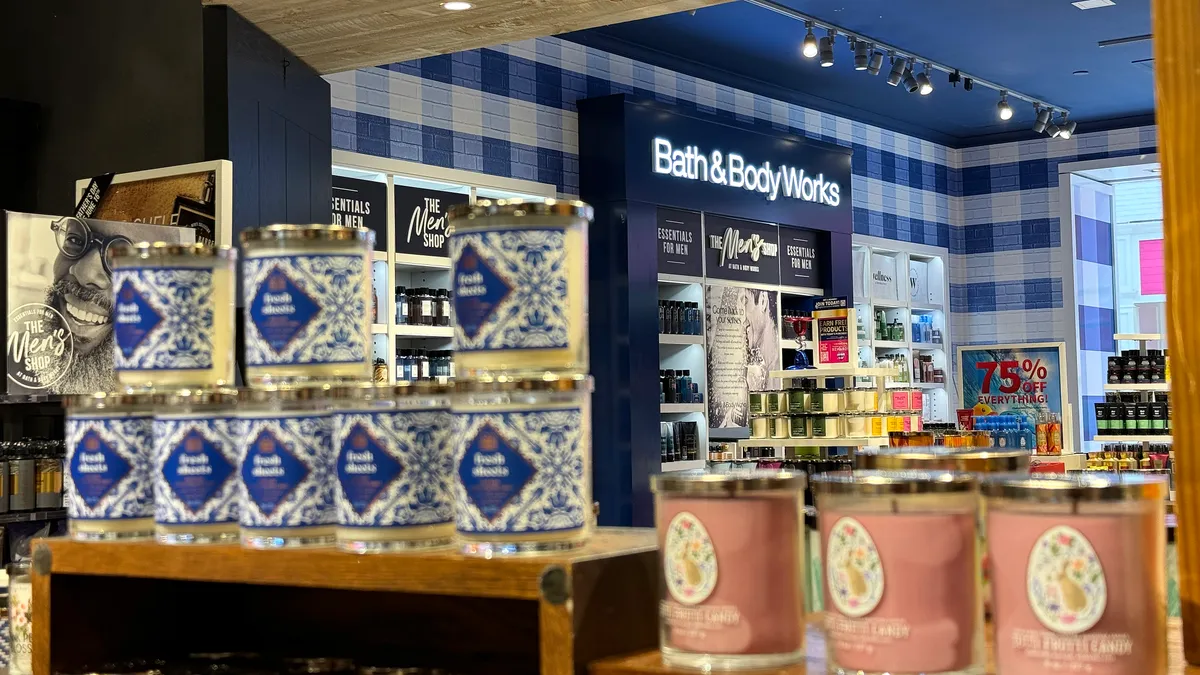Contract manufacturing didn’t just start with the outsourcing rush to China to build seemingly less expensive products: it can be traced to the dawn of the Space Age, starting with the birth of SCI Systems.
A Huntsville, AL, businessman, Olin King, founded Space Craft in 1961 to build satellites and communications gear for NASA, the U.S. Navy and other governmental agencies. When NASA funding dried up in the mid-1970s, King took advantage of relationships forged with OEMs while working on the space programs.
“King knew he had all those capabilities — equipment capacity, people, and systems — so he went to companies like IBM and said, ‘let me build for you,’” said Ron Keith, founder of Riverwood Solutions, a Texas-based supply chain consultancy and managed services company.
IBM agreed. In a 2005 interview, King, who died in 2012 at age 78, explained how it worked.
“They came to us with a box of 150 parts and some drawings and asked us to build it,” King said, according to AL.com. “So we did. Then they brought 500 more and we built that, but they still wouldn’t tell us what it was. Then they asked for 1,000 more, and we said ‘OK, but here’s some things we did to improve it.’ That turned into the IBM PC1.”
King later changed his company’s name to SCI Systems. It was acquired by Sanmina, in 2001 for about $6 billion.
SCI was named the world’s largest electronics subcontractor in 1984. By 1989, Keith says, that term had become contract manufacturer (CM). By 1999, he adds, there were more than 3,000 CMs in the world serving a growing $58 billion electronics market.
Today, contract manufacturing continues to grow rapidly. According to research firm Future Market Insights, the global consumer electronics market is projected to grow at a compound annual growth rate (CAGR) of more than 15% to nearly $3 trillion in revenues by 2020.
The Foxconn effect: Will contract manufacturing return to the U.S.?
There’s contract manufacturing in just about every industry. Electronics, of course, is a leading player and the leading provider is a Taiwanese company called Hon Hai Precision Industry, better known as Foxconn.
Foxconn recently announced plans to build a $10 billion manufacturing facility in southern Wisconsin with talk of a new research facility in Michigan. There’s lots going on with contract manufacturing, says Shawn Fitzgerald, vice president of marketing at Thomasnet.
“The biggest thing is Foxconn announcing Wisconsin and Michigan,” Fitzgerald said. “The government is saying it will bring 30,000 jobs, Wisconsin is saying 13,000 and Foxconn 3,000.”
Where the industry is today will remain the dominant model.

Ron Keith
Founder, Riverwood Solutions
Critics have cautioned that Foxconn has made promises before to invest in the U.S. and not followed through. Foxconn promised in 2013, for example, to invest $30 million and hire 500 workers for a new, high-tech factory in Pennsylvania that was never built. Foxconn also considered Pennsylvania for a plant that went to Wisconsin.
“Is this the first step Apple is taking to restore more business, or is it a PR move?” Fitzgerald asks. “Walmart [outsourced some manufacturing], but we’ve had people say, ‘they wanted me to do work at Chinese pricing, and there’s no way I can do that.’”
The inherent risks of outsourcing
Companies that outsource also run a risk of intellectual property (IP) loss, which, of course, can be devastating.
It’s difficult to put a physical price tag on the losses because some companies may not even be aware their IP has been stolen, and if they are, they may decline to reveal it, according to a recent report by the IP Commission, which includes notable figures like Former U.S. Ambassador to China, Jon Huntsman Jr. and Former U.S. Director of National Intelligence Dennis Blair.
“New estimates suggest that trade secret theft is between 1% and 3% of GDP, meaning that the cost to the $18 trillion U.S. economy is between $180 billion and $540 billion,” according to the report. “We estimate that the annual cost to the U.S. economy continues to exceed $225 billion in counterfeit goods, pirated software, and theft of trade secrets and could be as high as $600 billion.”
To avoid that, many companies — especially high-tech manufacturers — are outsourcing their products in silos, with no single supplier providing the entire product. Others are maintaining internal control over final assembly and testing, Keith explains.
“All the guts are made offshore,” Keith said. “Oftentimes, a lot of people do the final internally. Usually, they’re closer to the customer. The parts are made in China, but configured where logistics make it easier for getting to the rest of the country.”
So while some companies have been returning some of its manufacturing to the United States, Keith doesn’t see the outsourcing model going away.doesn’t see the outsourcing model going away.
House brands: A trend for the Digital Age?
Money has always been king, but in the digital age, consumers can exert more power with their buying decisions by shopping directly from the source. As a result, consumers are becoming more price-conscious and less brand-focused.
To meet the new demand for cheap products, companies are investing in “house brands,” which rely heavily on contract manufacturers.
“We’re seeing the effects of this shift in consumer behavior reflected in sourcing activity on our platform,” Fitzgerald said. “The volume of supplier evaluations performed within private labeling and related categories has experienced a strong and sustained rise, with activity continuing to climb month after month.”
The Thomas Index data shows that private label manufacturing sourcing is up 25% over the last month, in comparison with its all-time average. Private label packing sourcing also has risen to 48% above average over the last month. On the industry front, private label sourcing in cosmetics is up 65% and pharmaceuticals are up 27% over all-time averages.
This isn’t new, of course. Costco has sold products under its Kirkland line for more than 20 years. Amazon now owns 90% of the online battery market, according to the Thomas Index. At Trader Joe’s, 80% of products are sourced directly from suppliers and private labeled.
We’re seeing the effects of this shift in consumer behavior reflected in sourcing activity on our platform.

Shawn Fitzgerald
Vice President of Marketing, Thomasnet
One of the reasons is eliminating the brand tax, Fitzgerald explains. Big brands spend 25 cents on every dollar to build brand awareness, Fitzgerald said, costs that are passed on to consumers. According to the Private Label Manufacturers Association, consumers could save up to $44 billion per year by buying private label products.
Brandless, a new company launched this spring, plans to take advantage of just that. Brandless private labels all of its products and markets them by description, all for $3 per item. Hand soap, for example, is labeled Hand Soap.
Contract manufacturing - or the middle market - has been a pivotal link of the supply chain since at least the Space Age. Companies may change logistics strategies, seek to take control of their supply chains by making their own products, or move to private label, but they will always need parts or brandless supplier.
“Where the industry is today will remain the dominant model,” Keith said. “It will stay for the next 30 years. It’s hard to reverse the process. When things get normative, they get that way without being analyzed.”





















